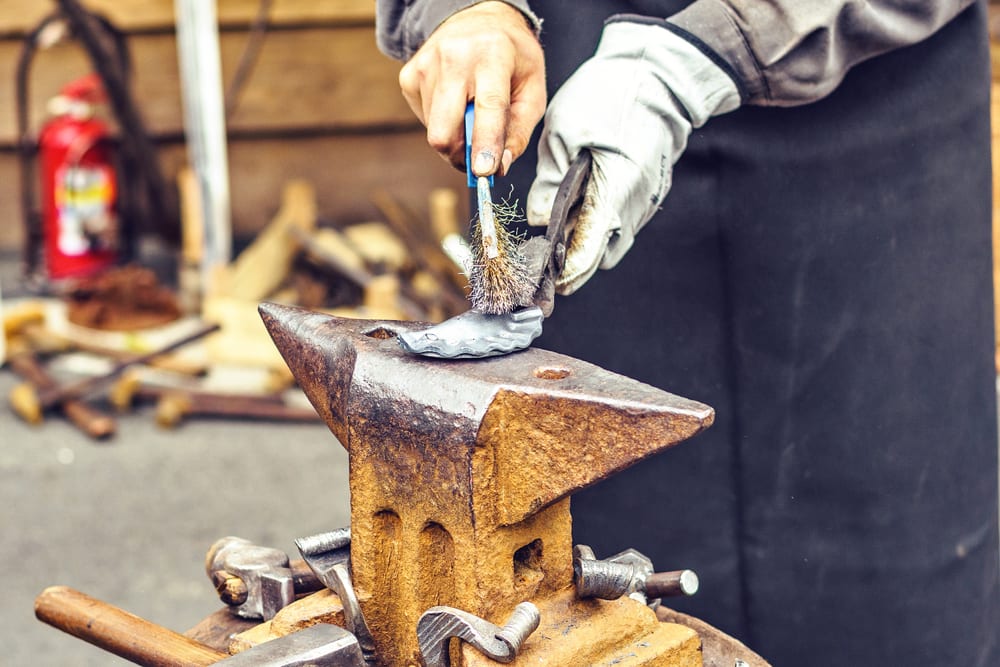Metalworking has a very rich history, going back thousands of years and spanning various civilisations. In this article, we will explore it.
Stone Age
In the stone age, primitive humans spent a lot of time interacting with their environment, especially with stone, bones and branches in their natural states.
It was during this time that they discovered that different stones had different properties, and with practice, could be developed into shapes that would better suit people living in the Stone Age.
2500BC
The next advancement came with the development of hammering, which involved pouring molten metal into a mould. In the Stone Age, people would try to cut stones into the shapes they wanted. In 2500BC, they discovered they could melt and handle them from there.
Iron Era
Hammering allowed a variety of metals to be used for a variety of purposes, including jewellery, sculptures and ornaments.
During the Iron Age, development strongly increased. Iron began being used for many different tools, structures and industrial needs. Metalworking became sophisticated, wide-spread and necessary in a variety of industries.
Leonardo da Vinci
The first rolling mill came to life thanks to Leonardo da Vinci, who sketched the idea. The rolling mill gave metalworkers the ability to change the thickness of metal through using two cylinders. This meant they no longer had to use heat to transform metal – but could instead use pressure.
These days, there are many different types of machines which can cut, press and transform metal.
The Industrial Revolution
Developments in many building and working industries led to the industrial revolution. Metalwork and sheet metal surged, with workers being able to create large quantities of objects due to the invention of the assembly line.
Australia
During this time, the majority of steel in Australia had been imported from Britain. It was only in the 20th century that Australian steel manufacturing really took off – and that was thanks to coal.
Good quality iron ore and coal allowed steel projects to be successful, leading to significant growth within the steel industry.
1970s
New techniques were developed and perfected such as air bending, which requires significantly less force than traditional pressing. These developments, alongside the creation of trade unions, allow the metal industry to boom and grow.
Now
Metalworking and the metal industry are constantly growing, developing and advancing. What used to take three people and three hours to create can now be achieved with only one person – or perhaps a machine – depending on the product.
We have a long history of working with metal and we undoubtedly have a long future of working with metal ahead of us, too.
Questions?
If you have any questions about the history of metalworking, or if you are interested in good quality sheet metal in Brisbane, we at Queensland Sheet Metal would be happy to help. Feel free to call us on 07 3267 1010 or contact us online.


